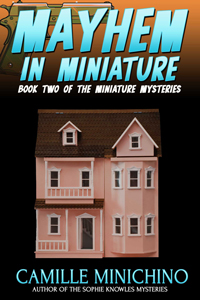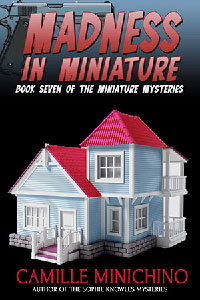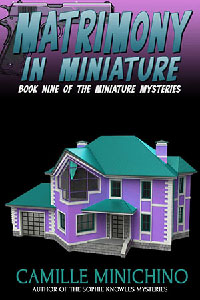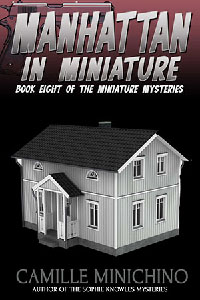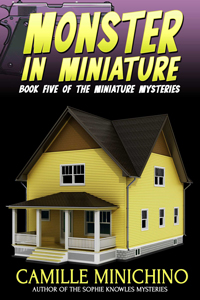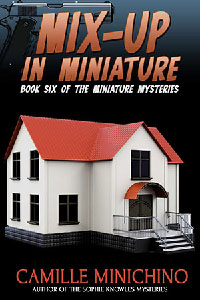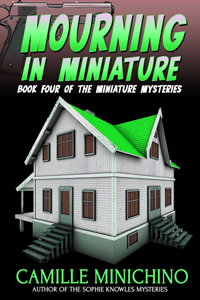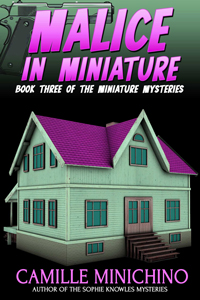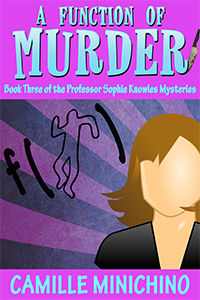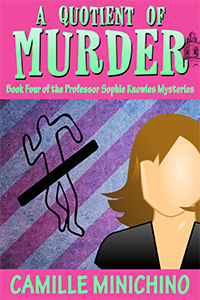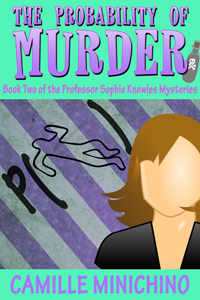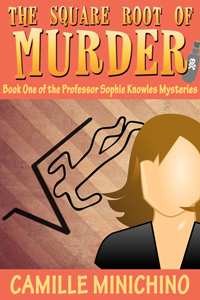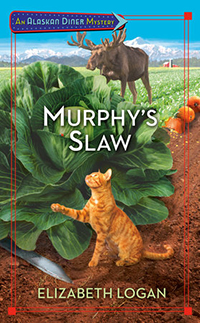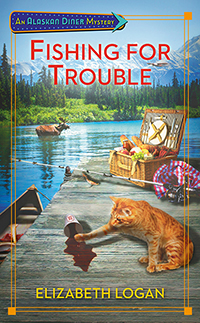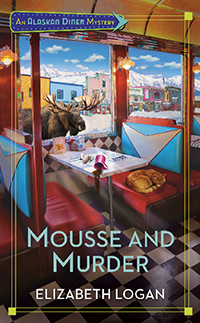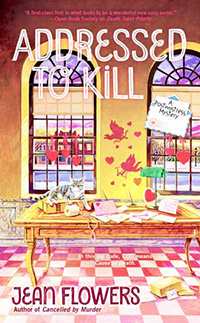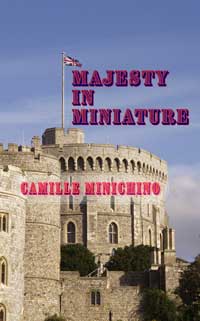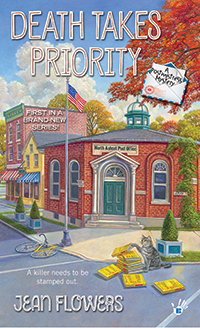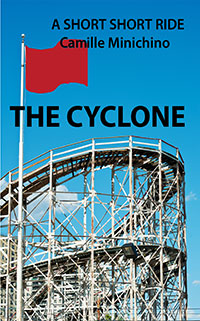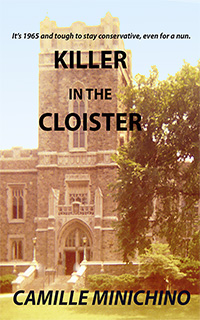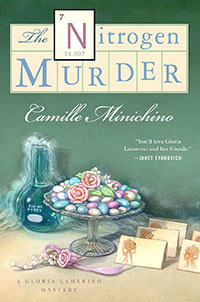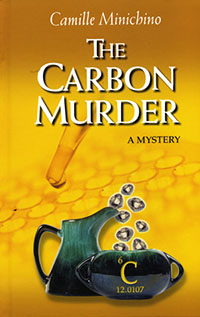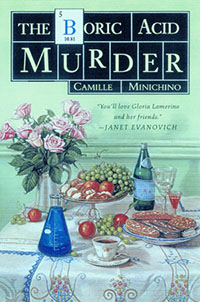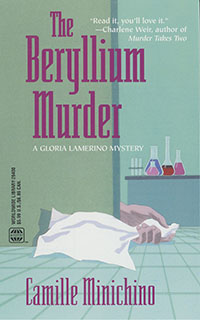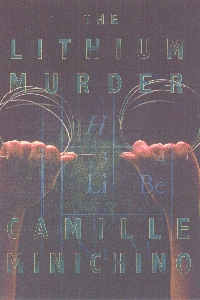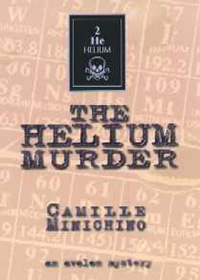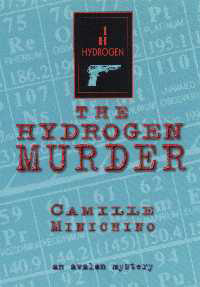A popular quote reads, If you can’t say something good about someone, sit right here by me, attributed to Alice Roosevelt Longworth, daughter of Teddy Roosevelt, and supposedly found embroidered on a pillow in her home.
I like the sentiment (Dorothy Parkerlike), but one thing I resist is dissing another author’s work. I like to wait until I have only good things to say about a book before writing a review or comments.
Kevin Cook’s KITTY GENOVESE: The Murder, The Bystanders, The Crime That Changed America (2014) is that book.
I suppose one reason I appreciated it so much is that I was living in New York at that time (1964), and remember the crime and its aftermath very well. Before reading Cook’s book, if I’d been asked what the incident was about, I might have said: a young woman was stabbed to death on the sidewalk in front of her building in broad daylight while everyone looked on.
That particular crime defined New York City for a long time and the effect rippled around the world, being reported by countries far and wide. “The 38” came to define the number of people who looked on; the outcry launched the “Bystander Effect.” It took Mayor Ed Koch to bring the city back to a favorable Big Apple image. The bigger the city, the bigger the recovery, apparently. I can attest to that from my many trips there, the latest ending just this week as I attended ThrillerFest. More on that later!
Cook’s research, which included interviews with Kitty’s partner, Mary Ann Zielonko, put the crime in a whole new light for me, shattering all the media spin I’d adopted as fact. I couldn’t put the book down
I learned that almost everything about the picture I’d formed was false, a set-up engineered by the press and the police administration of the time. The crime occurred not in broad daylight, but around three in the morning; most of it took place outside the view of all but two people, each of whom saw only a part of it, and one of whom reported it.
And so on . . . leaving you the chance to read it for yourselves.
In no way does the book lessen the horror of Kitty’s murder or the impact on Kitty’s family, especially on Mary Ann. The book is a social commentary, an excellent example of how we’re influenced by how others want us to view what’s happening around us, often in a way that’s far from the truth.
Both comments and pings are currently closed.
 Filed Under :
Filed Under :  Jul.9,2015
Jul.9,2015


